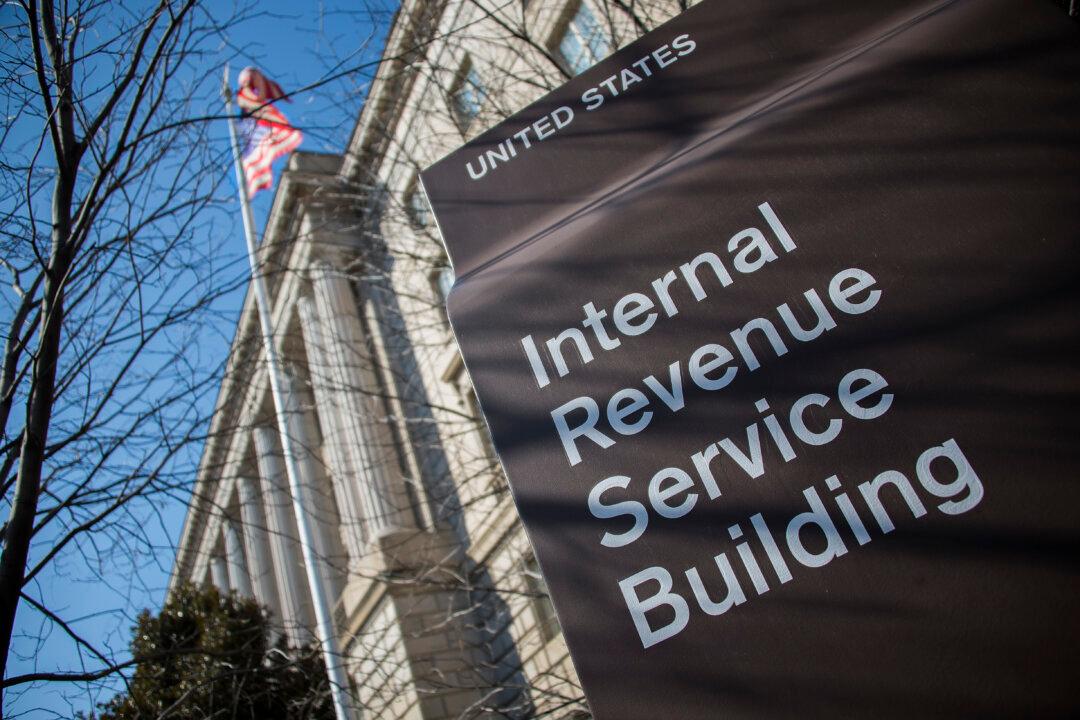NEW YORK—The Internal Revenue Service would like U.S. taxpayers to look over their pay stubs and make sure they are withholding the right amount—please.
In 2018, the first year of the new tax law, Americans underestimated how much they needed to withhold from each paycheck to cover their tax bill. While final IRS data isn’t yet available, one snapshot from the agency is that total refunds for 2018 tax returns were down 1 percent from the prior year, and the total amount given back was $7.7 billion less.






